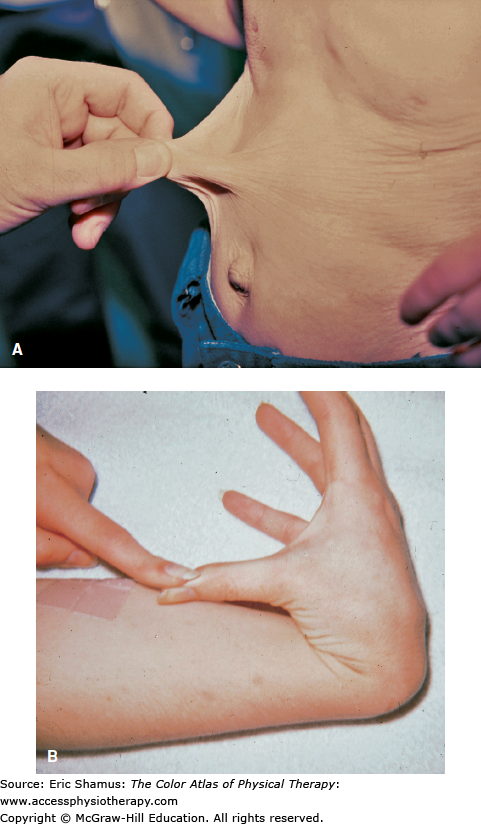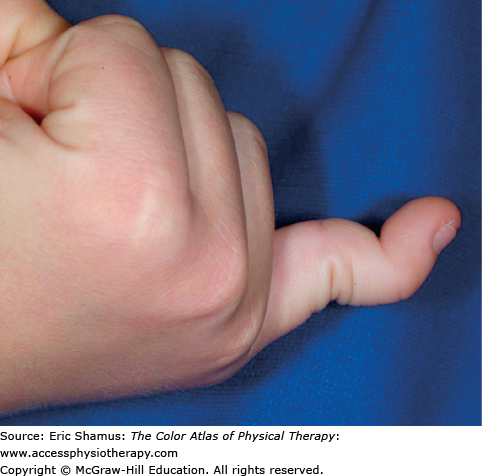Ehlers-Danlos Syndrome (EDS)



Scenario: A 15-year-old female was referred with low back pain and a recent diagnosis of Ehlers–Danlos Syndrome (EDS): hypermobility type. She reports pain is 8/10 with activity and 6/10 when seated. During the examination and evaluation, she scores a 6 on the Breighton Scoring System and has severe hypermobility. She also complains of generalized muscular and joint pain limiting her ability to participate in activities with her peers at school and socially. Her affect appears flat and withdrawn during the therapy session. Past medical history is non-contributory. Referral has been made to decrease pain, promote joint stability, and improve overall strength and posture.
Question: What are some functional precautions the patient will need to be educated on, and should be included in the PT plan of care (POC)?
A. Avoidance of flexibility, isometric, and low impact exercises.
B. Avoidance of resistance, concentric, and low impact exercises.
C. Avoidance of stretching, eccentric, and high impact exercises.
D. Avoidance of resistance, isometric, and high impact exercises.
Answer with rationale: D. Avoidance of resistance, isometric, and high impact exercises. AD should be used cautiously. Joint hypermobility and laxity contraindicate resistance, isometric, and high impact exercise. Other signs and symptoms that would support avoiding these types of exercises are fragile skin, chronic pain, mitral valve prolapse, and fragility of soft tissues. Assistive devices should be used cautiously for the same reasons – they can put undue pressure and stress on the upper extremities.
For more information see Chapter 221: Ehlers Danlos Syndrome in The Color Atlas of Physical Therapy
Create a Free MyAccess Profile
AccessMedicine Network is the place to keep up on new releases for the Access products, get short form didactic content, read up on practice impacting highlights, and watch video featuring authors of your favorite books in medicine. Create a MyAccess profile and follow our contributors to stay informed via email updates.